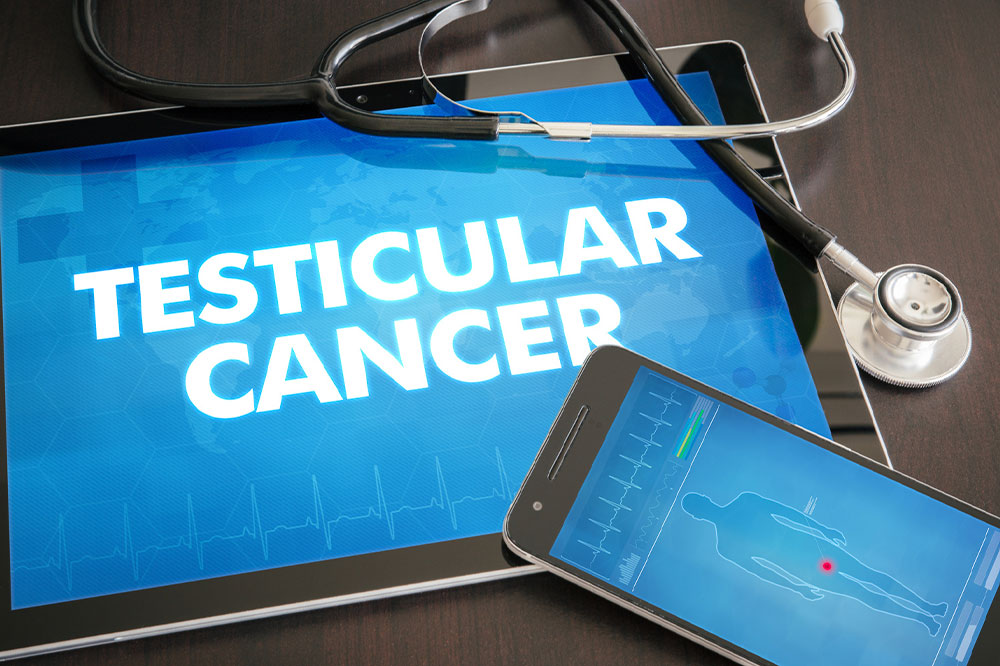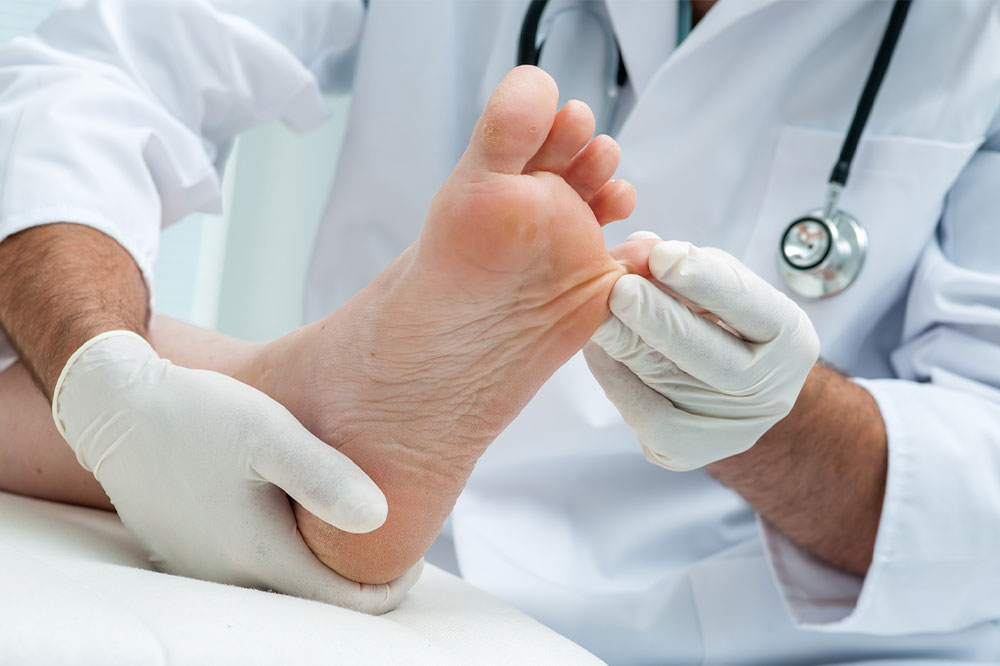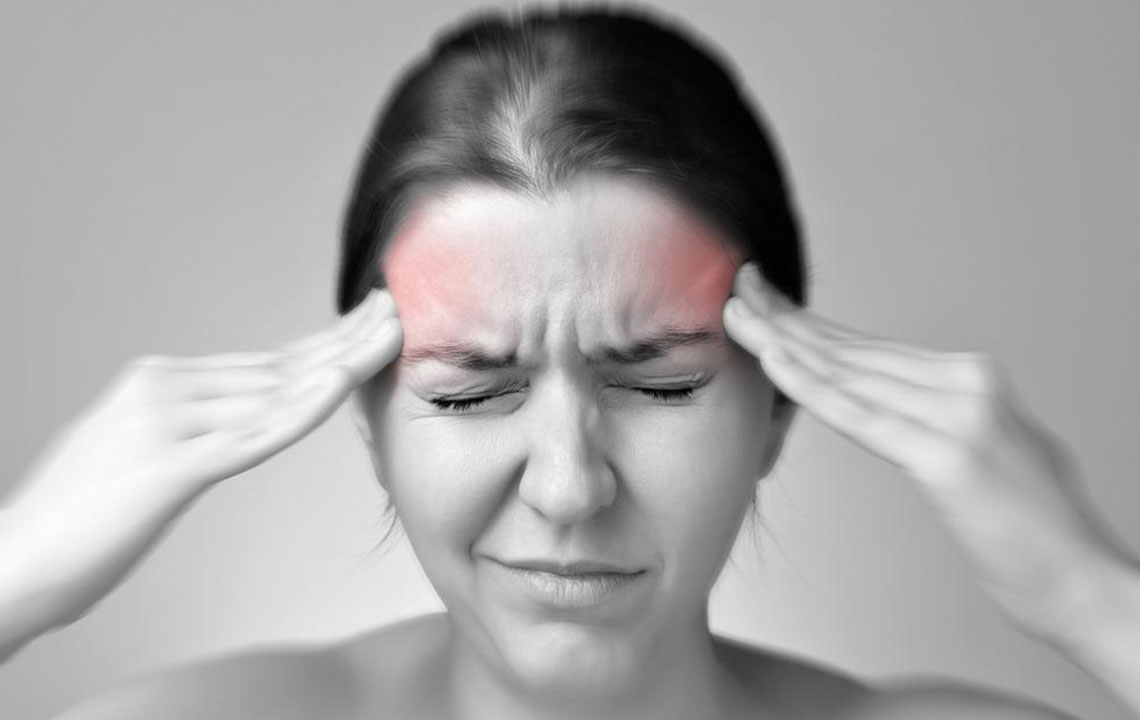Understanding Testicular Cancer: Causes, Symptoms, and Treatments
This article offers an in-depth overview of testicular cancer, discussing its causes, symptoms, diagnosis, and treatment options. It emphasizes early detection for higher cure rates and provides essential information for men to be aware of relevant signs. Understanding risk factors and timely diagnosis are crucial for effective management. The guide highlights how different stages influence treatment strategies and encourages men to seek medical attention promptly if symptoms arise. Overall, it serves as a comprehensive resource on testicular cancer, supporting men in making informed health decisions.

Understanding Testicular Cancer: Causes, Symptoms, and Treatments
Testicular cancer is one of the most common cancers affecting men worldwide. Its occurrence has seen an increase over recent decades. While it can affect males of any age, the highest risk is between 15 and 45 years old. The root causes originate early in life with cellular changes in the testicles, but visible symptoms typically emerge during puberty. This article covers the causes, warning signs, diagnostic methods, and treatment options for testicular cancer.
What leads to testicular cancer?
This cancer develops when germ cells in the testes experience harmful mutations, leading to uncontrolled growth. Factors such as testicular injury, undescended testes (cryptorchidism), exposure to certain hormones, and infections like HIV increase risk.
Testicular germ cells are responsible for sperm production. When these cells become abnormal, they can form tumors that may spread if left untreated. The main types include seminomas, which grow slowly, and nonseminomas, which tend to spread quickly. Diagnosis and treatment depend on the tumor type.
Signs and symptoms to watch for
Common indicators include a painless lump in the testicle, discomfort or pain in the groin or abdomen, a sense of heaviness in the scrotum, or swelling of the testicle. As the disease progresses, symptoms like weight loss, cough, shortness of breath, enlarged lymph nodes, or swelling in the legs may occur. Early detection is crucial for effective treatment.
How is testicular cancer diagnosed?
Individuals experiencing symptoms should consult a healthcare professional. Diagnostic approaches include taking a detailed medical history, conducting physical examinations to check for lumps or swelling, and performing ultrasound scans of the testes to identify abnormalities. Blood tests may also help detect tumor markers. Additional imaging, such as abdominal scans, assess the spread to nearby lymph nodes or organs.
Available treatment options
The approach varies based on the cancer stage:
Stage 0: Treatment may involve active monitoring with ultrasound or surgical removal of the testes (orchiectomy), often combined with radiotherapy. While effective, radiotherapy can impact fertility and increase secondary cancer risks. Hormone replacement therapy is typically recommended afterward.
Stage 1: After confirming tumor type, a surgical removal is performed. Seminoma cases may require follow-up with radiotherapy or chemotherapy if necessary. Nonseminoma cases often involve removal of testes and lymph nodes, followed by chemotherapy. Retroperitoneal lymph node dissection (RPLND) is sometimes advised for higher cure rates.
Stages 2A and 2B: When cancer spreads to regional lymph nodes, initial treatment is orchiectomy. Depending on risk factors, patients may receive radiotherapy or chemotherapy. Stage 2B may involve more aggressive chemotherapy without radiotherapy.
Stages 2C and 3: With further spread, potentially to lungs or other organs, combined treatments include orchiectomy, multiple rounds of chemotherapy, and possibly radiation therapy to the brain if metastasis occurs.
Early detection offers a high cure rate, with a survival rate of around 95%. Most patients can expect a positive outcome with prompt treatment.










